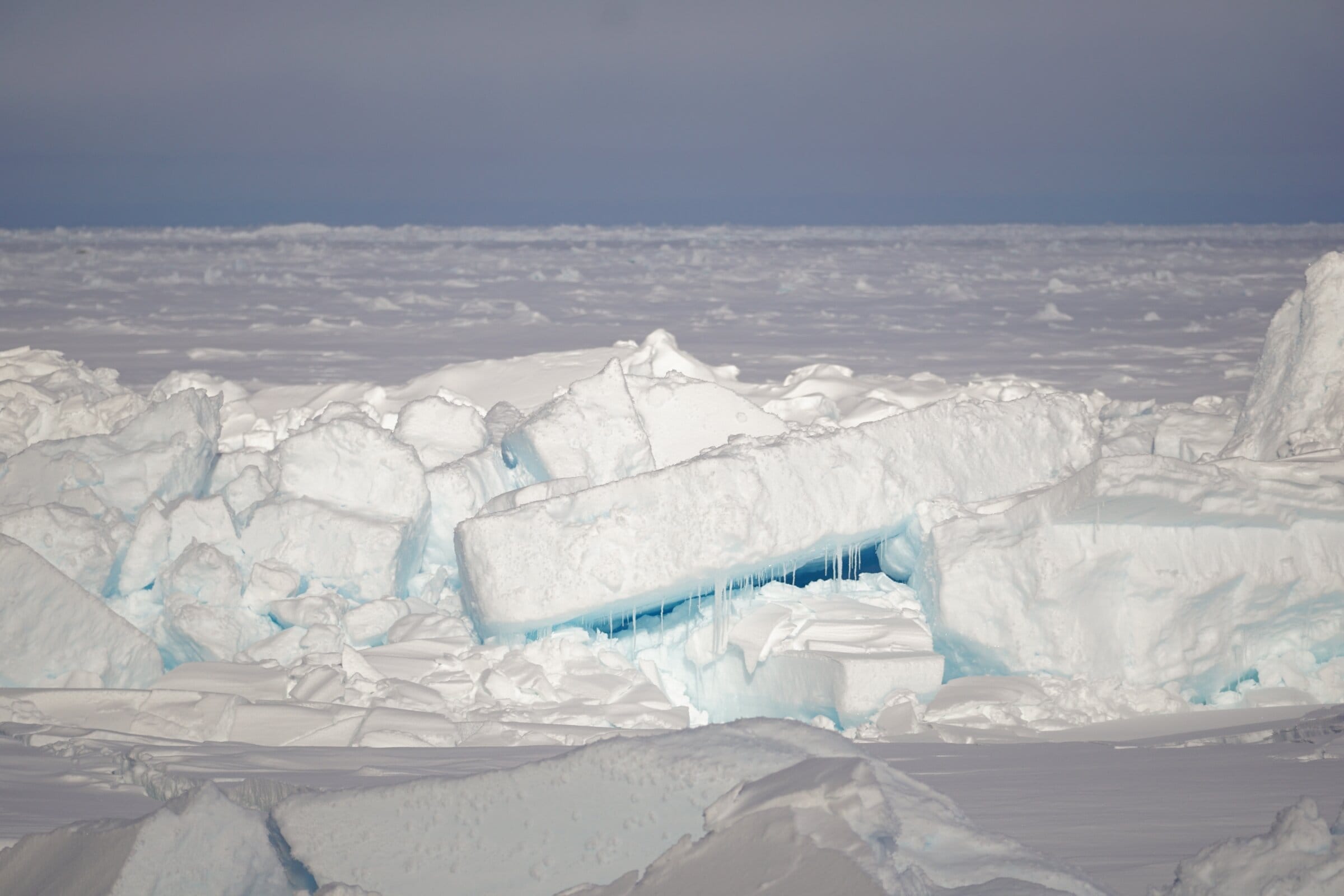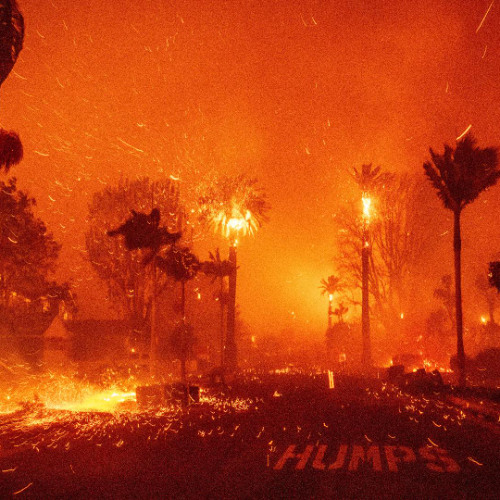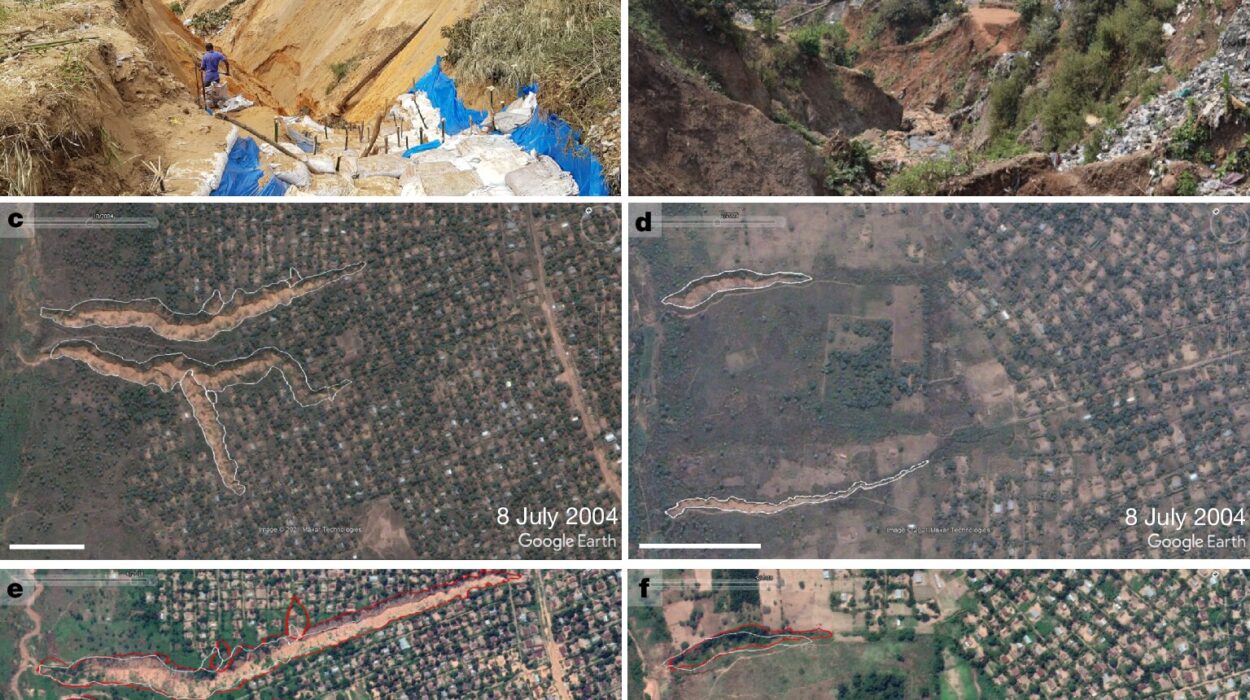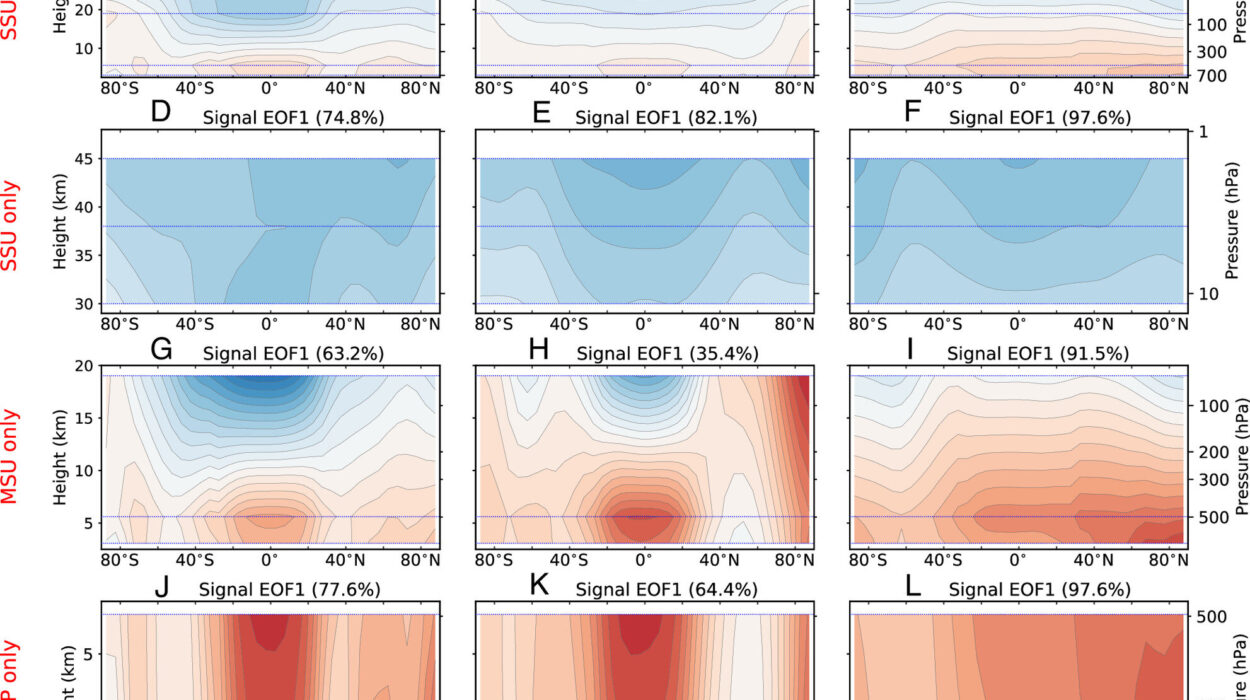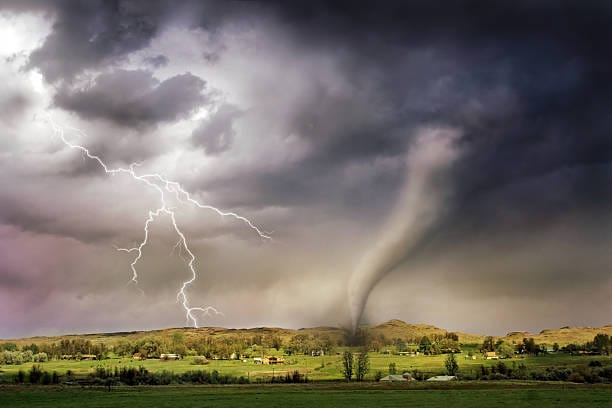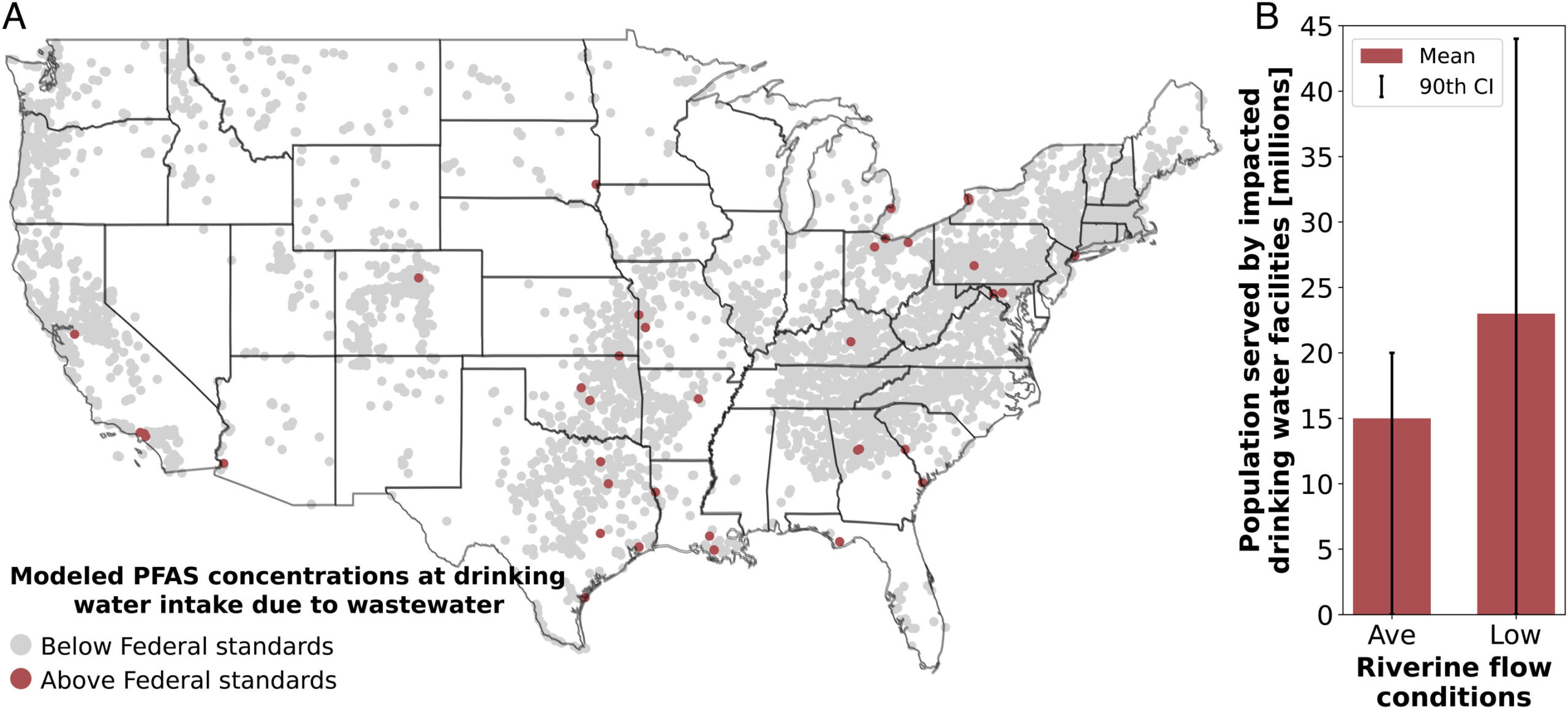The Arctic, with its harsh and frozen environment, has undergone significant transformations in recent decades due to climate change. One of the most profound changes is the dramatic reduction in the area covered by multi-year sea ice. This reduction not only impacts the fundamental structure of the ice itself but also has far-reaching consequences for the Arctic ecosystem and the global climate system.
A crucial aspect of Arctic sea ice is its characteristic pressure ridges. These ridges are formed when ice floes press against one another, creating a stacking effect. They are the result of lateral pressures caused by forces like ocean currents and wind. The result is towering structures that protrude from the surface of the sea ice, creating obstacles for shipping and challenging navigability. However, these ridges serve far more than just logistical functions. They also play a vital ecological role by providing habitats for Arctic wildlife and contributing to crucial biogeochemical cycles.
In a study published in Nature Climate Change, researchers from the Alfred Wegener Institute (AWI) analyze satellite and laser-based data collected over three decades of aerial surveys to assess how pressure ridges have evolved in the face of rapid sea ice changes. These surveys, which cover more than 76,000 kilometers, give us an unprecedented glimpse into the waning prevalence and changing structure of pressure ridges, shedding light on the wider trends observed in the Arctic.
The pressure ridges themselves are impressive physical features. The upper portion of the ridges, known as the “sail,” extends from the surface of the ice and is usually between one and two meters tall. The ridge’s most notable component, however, is the “keel,” the portion of the ridge that extends beneath the water, sometimes as deep as 30 meters. These submerged portions can pose a significant barrier to shipping lanes, as they create impassable obstacles for vessels navigating the Arctic waters. Although the sails and keels of the pressure ridges are impressive structures in their own right, they also help facilitate a host of other ecological processes.
For example, the ridges contribute to the movement of sea ice. Winds catch on the sails, driving the ice floes across the Arctic. This drifting mechanism influences not only the distribution of sea ice but also the underlying oceanic water masses. The action of the pressure ridges on the ice, driven by strong winds, forces turbulent mixing of the seawater beneath, a process that facilitates the movement of nutrients throughout the water column. This is particularly important for ecosystems, as nutrients from deeper waters can be upwelled to surface layers where marine organisms reside.
Additionally, pressure ridges provide key benefits for Arctic wildlife. Polar bears, for example, often use the ridges as places for protection, particularly when they are looking for a place to give birth and overwinter. The ridges offer them a suitable and secure environment. The physical characteristics of these ice formations also serve as a safe haven for a range of ice-associated organisms, from algae that grow on the underside of the ice to various species of seals that rely on the ice for birthing and pupping.
Research into the loss of multi-year sea ice, including pressure ridges, highlights a clear trend: a substantial decrease in the frequency and height of pressure ridges. According to the new analysis from AWI, which incorporated over 30 years of aerial survey data, the pressure ridges in certain parts of the Arctic, such as north of Greenland and in the Fram Strait, have declined at rates of 12.2% and 5% per decade, respectively. These trends are also reflected in the Lincoln Sea, where pressure ridge frequency has decreased by 14.9% and their height has fallen by 10.4% annually.
At the core of these changes is the melting of older, more robust ice floes that typically experience greater lateral pressures over time. These older floes form an enduring and stable substrate for pressure ridges to form, and their loss is significantly altering the ridge-building dynamics. What researchers now find perplexing is that, despite the prevalence of younger, thinner ice, which should theoretically lead to the increased deformation of the ice and more frequent pressure ridge formation, the frequency of these ridges has still been on the decline.
Dr. Thomas Krumpen, the lead author of the study and an expert in sea-ice research at AWI, suggests that the loss of multi-year ice floes is the primary factor responsible for the decrease in pressure ridges. As these older ice forms continue to vanish, younger ice cannot yet replicate the frequency of ridges produced by older, more pressure-tested floes. “The ice that survives multiple summers experiences more intense lateral pressure,” Krumpen explains, “which leads to the formation of more and larger ridges. The dramatic loss of multi-year ice has created a situation where pressure ridges are in decline, even though younger ice is more susceptible to deformation.”
In order to better assess how these changes are shaping Arctic ice and the larger ecosystem, the team integrated satellite observations with their field measurements. This allowed the researchers to create a metric for understanding how pressure ridges have evolved over the years and apply their findings across the broader Arctic landscape. The study shows that the greatest reductions in pressure ridge frequency and height have taken place in regions where the average age of the ice has undergone the most dramatic changes. This can be observed particularly in the Beaufort Sea and the Central Arctic, areas that have lost their long-term ice coverage and are experiencing increasing seasonal ice melts.
The data captured in these studies come from an intensive program of aerial surveys. Using advanced laser sensors installed on aircraft such as the Polar 2, Polar 4, and more recently, Polar 5 and Polar 6, researchers have conducted surveys over sea ice north of Greenland and Svalbard, and various locations across Canada. These aircraft, designed for the extreme conditions of the polar regions, gather highly accurate data on the structure and topography of the ice, helping to quantify changes in pressure ridges over time.
Despite the remarkable insights this data provides, some key questions about how these changes are affecting the Arctic ecosystem remain unanswered. For instance, while it is evident that pressure ridges provide habitats and facilitate the movement of nutrients, it is not fully understood how the age of the ridges may influence the ecosystems that depend on them. Currently, the percentage of ridges that do not survive beyond their first summer is on the rise, yet how this accelerated turnover affects various species is an open question. Additionally, the link between decreasing ridge sizes and the apparent increase in ice drift speed is another anomaly that needs further investigation. Researchers are currently exploring how changes like stronger ocean currents or smoother ice undersides could be contributing to this unexpected phenomenon.
In the coming year, AWI researchers plan to conduct further investigations by launching an expedition on the research vessel Polarstern, which will combine ship-based observations with continued aerial surveys to explore the links between pressure ridge age and biological activities in Arctic sea ice. This dual approach will allow scientists to investigate in more detail the complex interactions between sea ice changes, biological life, and climate forces that shape the Arctic environment.
By expanding our understanding of how pressures, melting patterns, and changing ice dynamics are reshaping the Arctic, scientists hope to develop more effective strategies to address the ongoing transformation of this crucial part of the planet. As these changes continue to accelerate, especially with the continued loss of multi-year ice, such research becomes imperative not only for understanding Arctic systems but also for addressing broader climate change and its impacts on global ecosystems and weather patterns.
Reference: Smoother ice with fewer pressure ridges in a more dynamic Arctic, Nature Climate Change (2025). DOI: 10.1038/s41558-024-02199-5
